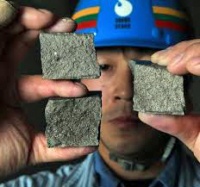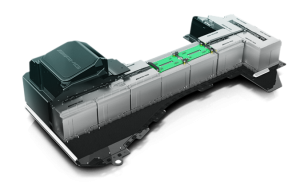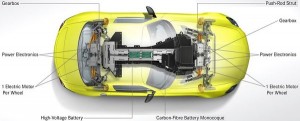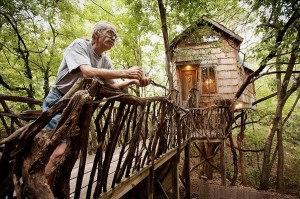Héctor Ricardo Macías Hernández, a Mexican entrepreneur, came up with the idea of generating electricity from the force of gravity. His system consists of small ramps, made from a material that is much like the polymer used in manufacturing tires, being placed about 2 inches above the street. When passing cars compress the small ramps, air flows into a tank that moves air into an electricity generating turbine. The system generates a huge amount of electricity that could supply a house using the weight of only one car. Not only does this apply to cars, but it can also be designed to generate electricity from pedestrians walking down the street.
Even though the idea of generating electricity from moving cars is not new, it is more efficient the earlier proposals. One of the earlier systems suggest the use of piezoelectric materials, which converts stress caused by vehicles to electricity. This system is way too expensive compared to Hector’s system. It is also hard to implement in developing countries that will benefit greatly from such a system. Therefore, Héctor Ricardo Macías Hernández provided the world with an easy to apply system of generating electricity. However, we still have not seen it being tested and still do not know what kind of flaws that may show up.
Sources:
http://www.gizmag.com/vehicle-road-weight-electricity/29990/
http://www.techietonics.com/futuretech-tonics/gravity-the-next-genesis-of-electricity.html




































